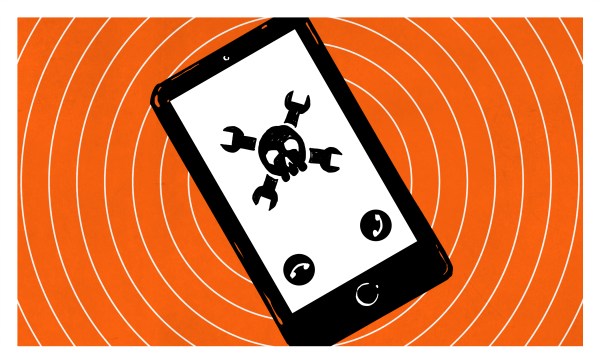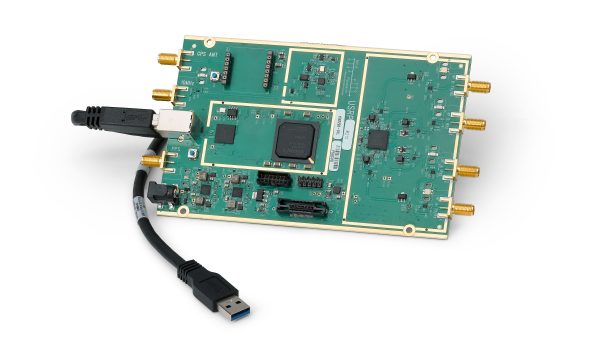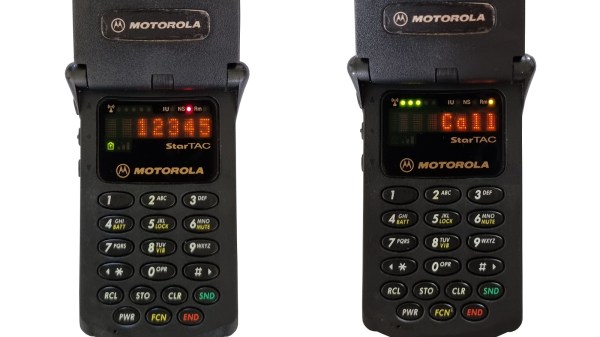Although wireless standards like 3G, 4G, and 5G are mostly associated with mobile internet, they also include a phone (voice) component. Up till 4G this was done using traditional circuit-switched telephony service, but with this fourth generation the entire standard instead moved to a packet-switched version akin to Voice-over-IP, called VoLTE (voice-over-LTE). Even so, a particular phone can choose to use a 4G modem, yet still use 3G-style phone connections. Until the 3G network is shutdown, that is. This is the crux of [Hugh Jeffreys]’s latest video.
In order to make a VoLTE phone call, your phone, your provider, the receiving phone and the intermediate network providers must all support the protocol. Even some newer phones like the Samsung Galaxy J3 (2016) do not support this. For other phones you have to turn the feature on yourself, if it is available. As [Hugh] points out in the video, there’s no easy way to know whether an Android phone supports it, which is likely to lead to chaos as more and more 3G networks in Australia and elsewhere are turned off, especially in regions where people use phones for longer than a few years.
The cessation of such basic functionality is why in most countries 2G networks remain active, as they are being used by emergency services and others for whom service interruptions can literally cost lives, as well as countless feature phones and Internet of Things devices. For some phones without VoLTE, falling back to 2G might therefore still be an option if they support this. With the spotty support, lack of transparency and random shutdowns, things may however get rather frustrating for some the coming years.
Continue reading “Voice-Over-LTE: The Reason Why Your Phone May Soon Stop Working” →
















